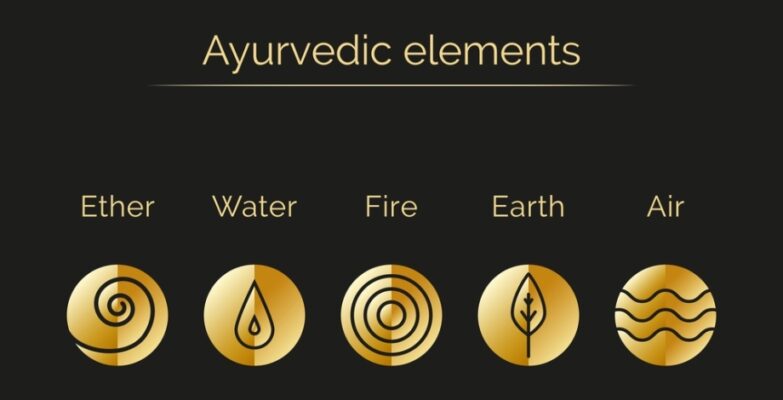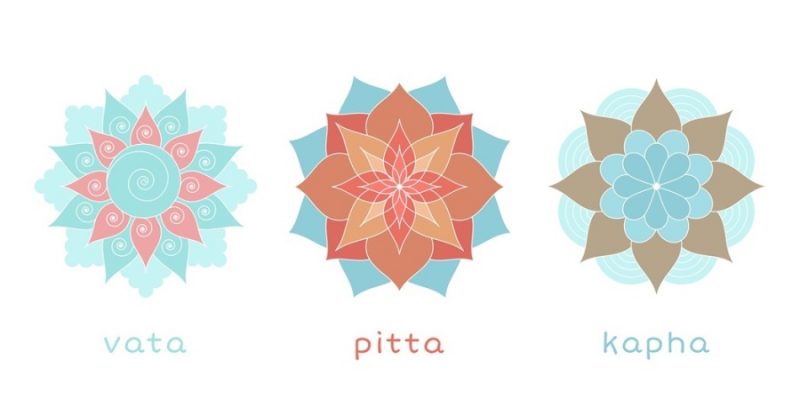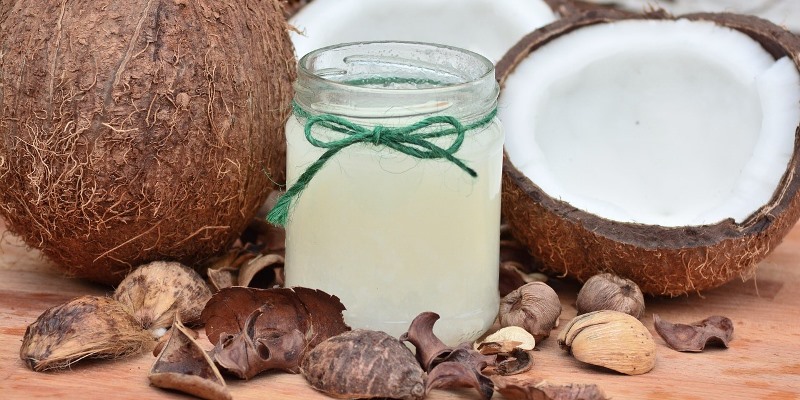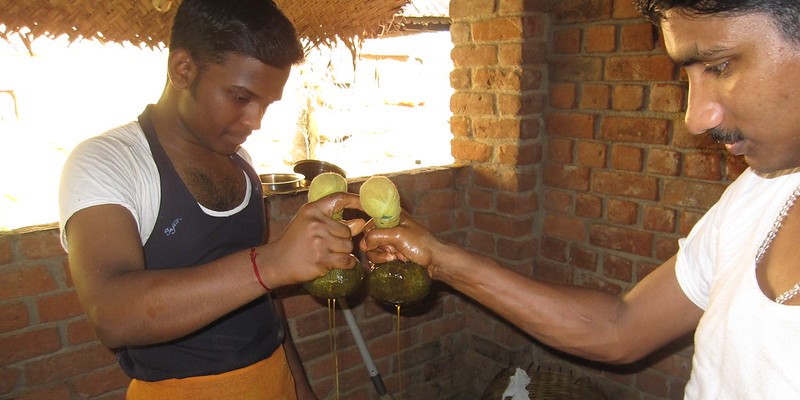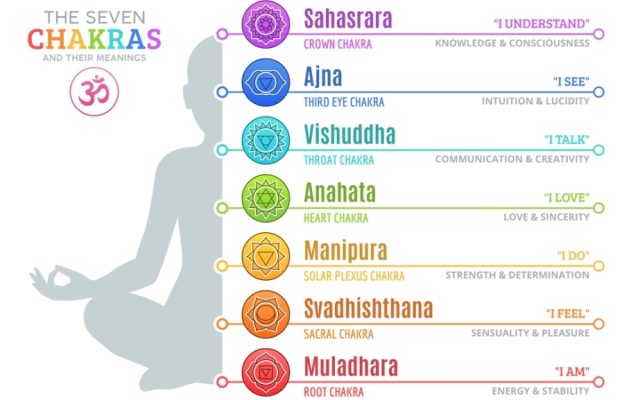
An Ayurvedic Massage is based on the principles of Ayurvedic Medicine and works with a whole range of Indian Vedic concepts and practices, such as Tridosha theory, Prana (Vital Life Energy), Agni (Digestive Fire), Nadis (Energy Channels), Chakras (Energy Centers), and Marma points (Acupressure points), among other elements.

Like Ayurveda in general, Ayurvedic massages aim at working holistically by addressing mind, body, and spirit, and try to maintain or create a balance between the different aspects of a human being. It’s thought that a physically, mentally, and emotionally balanced person will optimally use his or her in-built self-supporting and self-healing mechanisms.
Although Ayurvedic Massage can be applied as a stand-alone treatment modality in its own right, it’s ideally combined with other Ayurveda elements, such as diet and nutrition, herbal baths and herbal steam treatments, Yoga and other exercises, in order to reap the full health benefits of an Ayurvedic approach.
The use of a variety of herbs and warm herbal oils, fats and butters is a key characteristic of Ayurvedic massages. Unlike many other massage types the use of oils is not aimed at facilitating strokes on the skin, but rather to balance a person’s Doshas, to address certain ailments or discomforts, and to detoxify the body.
Another important aspect of Ayurvedic massage is to clear or unblock the Nadis (Energy Channels), to manipulate Marma points for specific health benefits, and to balance and activate the Chakras (Pranic Energy Centers).

Within Ayurvedic massages a range of different techniques are applied, such as strokes, rolling, kneading, rubbing, tapping, pressing, squeezing, acupressure, and other common traditional massage techniques, the use of which mostly depend on the needs of the receiver.
The receiver of an Ayurvedic Massage will usually be (partially) unclothed and is typically treated on an elevated construction, such as a massage bed or massage table.
Nevertheless, there are also some massage treatments that can be carried out with the receiver sitting in a chair or lying on the floor, such as Shiro Abhyanga (Head Massage), Chavutti Thirumal (Barefoot Massage), and Pada Abhyanga (Foot Massage).
In general, Ayurvedic massages can help to:
- Detoxify and clean the body;
- Improve blood circulation and lymphatic drainage;
- Relax muscles, tendons, and ligaments;
- Boost body awareness;
- Relieve general pains and headaches;
- Enhance the immune system;
- Stimulate overall well-being;
- Clear Energy Channels and promote the free flow of Prana;
- Increase vitality and rejuvenation;
- Maintain health;
- Balance Vata, Pitta, and Kapha Doshas;
- Promote a healthy skin;
- Reduce stress and anxiety.





